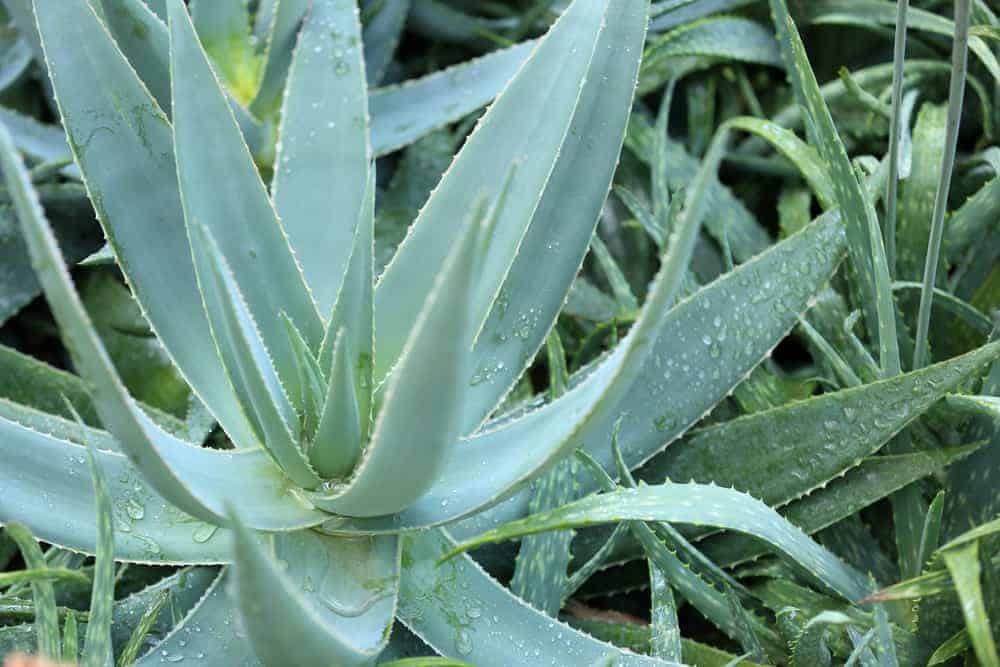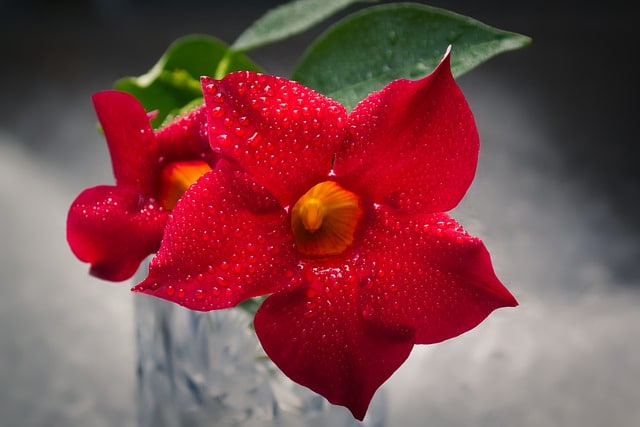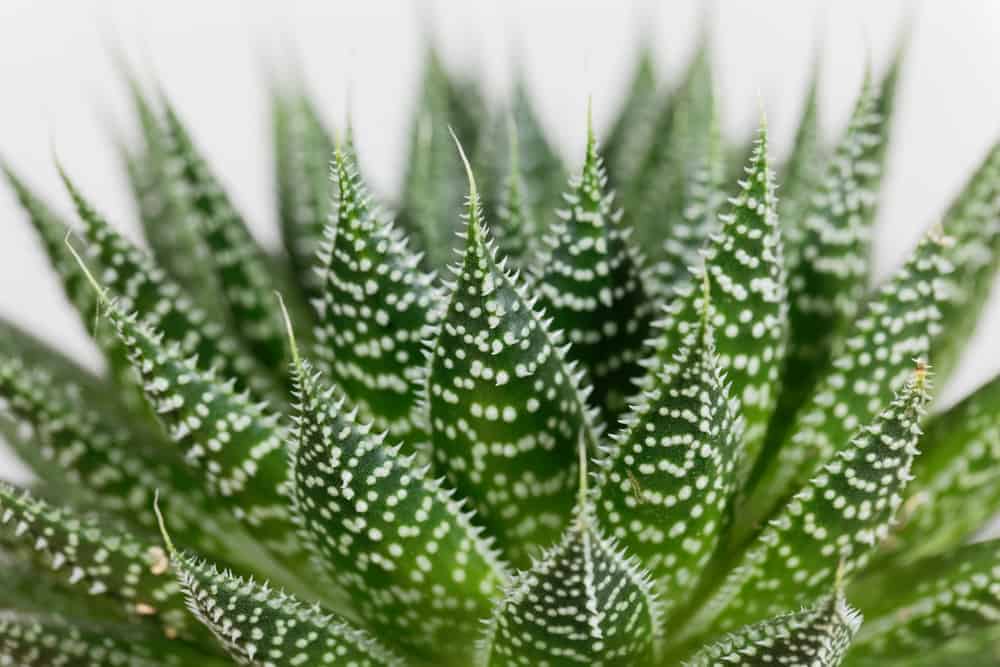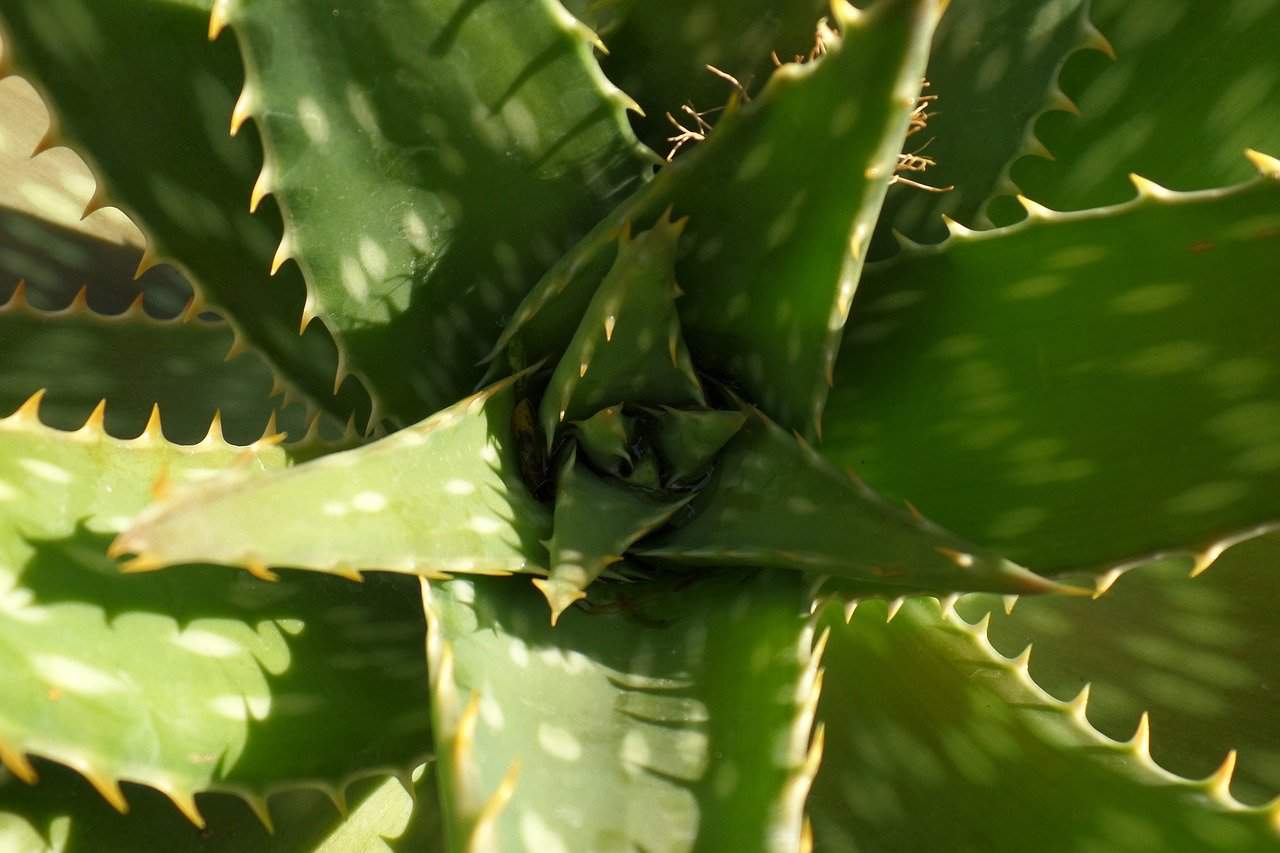|| Aloe Vera || How To Freeze Aloe Vera || Aloe Vera Benefits || Tips How To Use Aloe Vera || Hedgehog Aloe – Aloe Humilis ||
Table of Content
Aloe Arborescent – Aloe Plant
Tree-like aloe plants, also known as green aloe plants, are arguably one of the most exciting aloe plants of the Asphodelaceae family for methods of phytotherapy.
Tree Aloe, Tochiaro, Kidachi aloe, or Krantz aloe is a tough, succulent plant that grows naturally on the southeastern coast of Africa in the Asphodelaceae family (Botswana, Malawi, Zimbabwe). Mozambique and Southern Africa,)
It is located). Krantz aloe (Aloe arborescent) is a flashy plant all year round and in winter when fiery red and orange flowers rise above it. It is characterized by its size and vast habits, rare for a succulent plant. The woody stems spawn multiple branches that resemble candelabras from the solid thick stems, leading to one of the common names of plants, Kidachi aloe.
The leaves are very dense, placed in a rosette and facing down, so the trunk is barely visible. Birds, sunbirds, and hummingbirds gather in the flowers and drink nectar. On the other hand, Deer show no interest, probably due to leaf spines and sharp edges.
Aloe trees are highly regarded for their medicinal properties and decorative value and are sometimes claimed to be more effective than aloe vera. The South African name for the plant, Krantz aloe, comes from the plant’s preferred habitat. The Afrikaans for rocky ridges and cliffs is “Krantz.”
How do I identify aloe vera arborescens?
Aloe Arborescent
This type contains high concentrations of active compounds and seven essential amino acids absorbed by the body. o Leucine (the most important), isoleucine, or lysine, methionine, thionin, phenylalanine, or valine.
Then there are 11 secondary amino acids: aspartic acid, glutamic acid, alanine, arginine, histidine, mediocystine, glycine, hydroxyproline, serine, proline, or thyroxin.
Table of content:
Aloe Arborescent: nutritious juice
• Aloe Arborescent: scientific studies that support the plant’s properties
• Aloe Arborescent: cultivation and uses
• Aloe arborescent of Father Zago
• How to Treat a Sick Aloe Arborescent:
Aloe Arborescent: nutritious juice
Great juice for many healthy nutrients and is an excellent antioxidant. It also helps with weight loss. It should be taken every day to fully supplement the necessary micronutrients for humans and prevent seasonal flu.
In some markets, you can find branded aloe vera juice made in Italy, unpasteurized and unfiltered, and bottled with materials that do not alter the product’s properties. As if it were extracted from the aloe plant.
Aloe Arborescent: scientific studies that support the plant’s properties
Scientific studies support the plant’s properties. According to several scientific studies on Aloe Arborescent, the primary nutrients present in the juice are vitamins A, B, C, and E and exclusive sugars (sugars) that help promote digestion and strengthen the immune system.
Many people believe that the aloe plant has anti-cancer properties. Unfortunately, nothing is inevitable today, but we will soon learn more about studies on the compound components of aloe vera gel.
Arborescent Aloe: Cultivation and Use:
The Aloe plant is grown in the same way as other plants of its genus because it comes from the arid climate of Africa and is genetically adapted to high temperatures.
Therefore, it is essential to maintain good soil that allows a good water supply to allow the aloe vera plant to endure long term without harm during the hottest period.
Aloe arborescent of Father Zago
Many people don’t have time to water and prefer to buy Cha Zago’s finished aloe vera product, which is aloin-free compared to most crops grown here. Father Romano Zago’s recipe calls for only three ingredients:
Distillation of bees (grappa, cognac, whiskey, etc.) Also purchased by people who do not treat or cure any disease; Unfortunately, for those referring to cancer, it has not yet been certified as an anti-cancer agent as several factors are still under investigation.
How to care for the aloe plant Arborescens
When aloe plants get sick, abnormalities such as rotten, dry, brown, and sagging leaves can cause irreversible damage. These are warning signs for aloe plants. You have to act quickly before it’s too late. When buying aloe plants, it is best to be informed and aware.
This will help you handle it in the best possible way, without wasting seeds and without creating a final product with healing properties for you to enjoy.
How to Grow Aloe Arborescens for Medical Purposes
This drought-tolerant succulent prefers well-drained sandy or rocky soils. It often grows along exposed ridges, cliffs, and rock outcrops in mountainous areas. Nevertheless, it is well suited for growth from mountain tops to sea level and in habitats such as dense shrubs and coastal forests. Due to its salt tolerance, this aloe can withstand coastal conditions.
Care and maintenance for Aloe Clients (Aloe Volescent).
Aloe trees are low-maintenance plants. Side chute pruning is the only additional step that can be performed to promote tree-like upward growth. Good drainage is required, which can only be achieved on light, sandy, or moderate loamy soils.
Light:
This is a plant that breeds in areas with strong direct sunlight. Leaf colors vary from dull green to yellow-green or turquoise, depending on the plant’s amount of sun.
Soil:
Good drainage is required, and it can only provide light, sandy, or moderate loamy soils. Like their natural habitat, plants can grow on rocky soils that are low in nutrients. It is also salt-tolerant and can be cultivated near water.
Water:
Krantz aloe can tolerate dry and drought but not moist soil. Therefore, plant death can be caused by excess water, inadequate drainage, and stagnant water. During the growing season, the ground is dried between watering. When there is no precipitation in winter, you can keep the soil moist with water. Reduce the amount of water you use each time you water. If it doesn’t rain in the spring, keep watering.
Humidity and temperature:
Like many succulents, aloe trees do not thrive in high humidity. However, it can withstand low frosts and low temperatures of 25 degrees Fahrenheit.
Fertilizer:
Aloe trees do not require much fertilizer. Depending on the soil quality in your garden, you may not need it at all. Potted plants differ because frequent watering exudes nutrients. It is enough to spray liquid fertilizer once a month. There is less fertilizer in winter.




